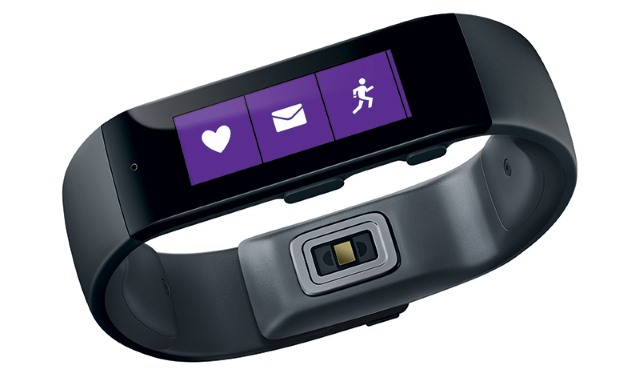
Microsoft Research expects to almost triple the battery life of wearables through a technology called WearDrive which uses the aid of a smartphone.
The idea of the technology is to use the battery of the user’s smartphone to allow the wearable to handle high-battery consumption tasks, while also keeping the device on for a longer period of time.
To do this, WearDrive will offload energy intensive tasks via Bluetooth or Wi-Fi onto the user’s smartphone, while the lightweight tasks will remain to be handled by the smartwatch.
The planned technology expects to improve battery life "up to 3.69 times with negligible impact to the phone’s battery life" and "improve the performance of wearable applications by up to 8.85 times", according to the Microsoft Research paper.
The tripled battery life can be compared to a wearable with a bright LCD which lasts two days, to one that can go for five to six days.
As long as the wearable is paired to a smartphone, the system can be switched on and off. Furthermore, WearDrive wouldn’t be useless without a smartphone, but the wearable would essentially run out of juice quicker.
The tech is not being used on the Microsoft Band and, at the moment, the company has not announced plans to do so for the second generation tracker.
Published under license from ITProPortal.com, a Net Communities Ltd Publication. All rights reserved.

